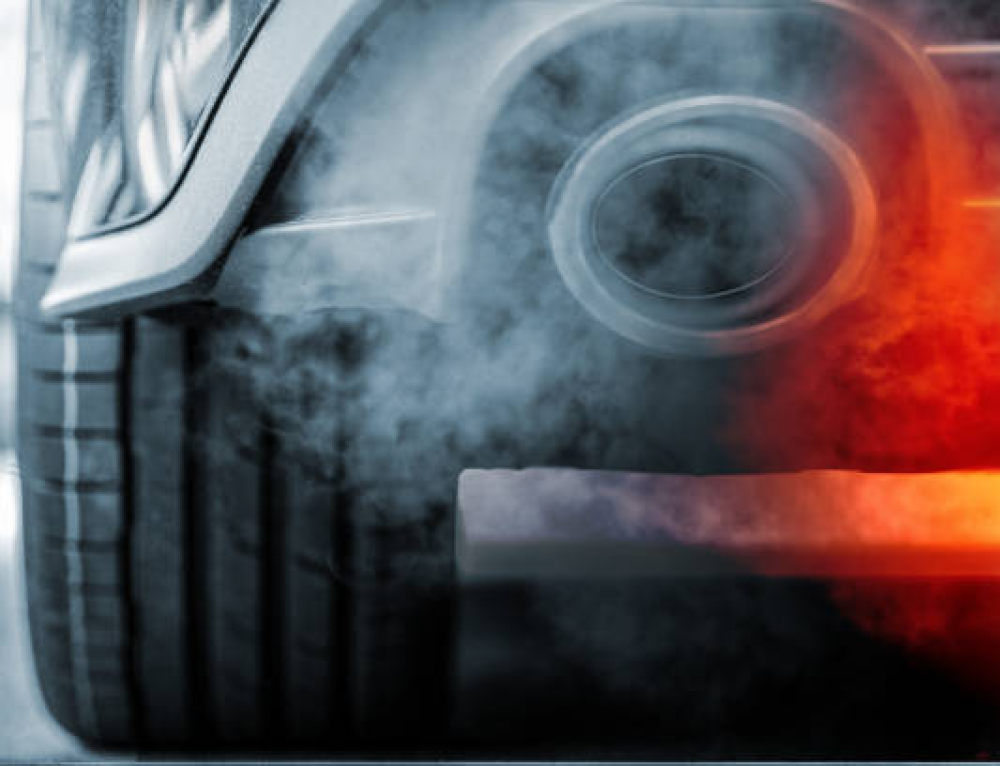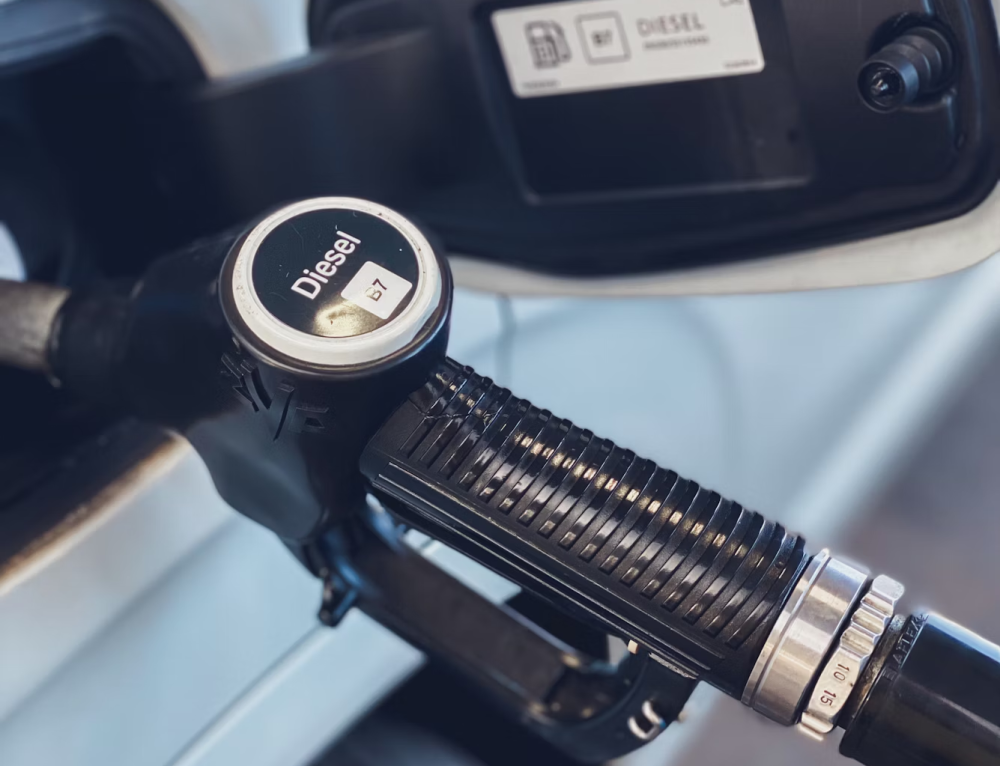Have you ever heard of engine injection? Simply put, this is the system for delivering gasoline to the combustion chamber. So how does this mechanic work? What are the frequent injection failures? We explain everything to you!
To fully understand the injection system, and the failures that can result from it, it is necessary to understand its operating principle as well as the parts that compose it.
The parts of the injection system:
Here are the components of an engine injection system:
- The high pressure fuel pump: it brings the fuel to the common rail.
- The common rail / common rail: it makes it possible to raise gasoline at high pressure which varies between gasoline and diesel vehicles.
- The injector: this is a valve responsible for sending fuel to the cylinders.
- Return hoses: they allow fuel to circulate.
- The ECU: it collects the data read by the engine sensors and controls the opening of the injectors.
Presentation of mechanical injection:
Mechanical engine injection appeared with the disappearance of carburettor engines at the end of the 1960s. It works differently depending on the type of engine, petrol or diesel. Below is the operation of mechanical injection for gasoline engines:
- First, gasoline is sent under pressure by an electric pump. This component is called the injection pump .
- This injection pump contains the camshaft , which distributes gasoline to each cylinder that is fitted to the car.
- The fuel needs are then managed by a regulator.
For Diesel engines, the engine injection system is managed by a rotary distributor pump . The latter has three functions:
- Thanks to it, the diesel fuel is sent under pressure to the injectors.
- A regulator is incorporated into this pump. It manages the quantity injected into the engine according to the parameters defined by the engine ECU.
- Thanks to an auxiliary pump, the distributor pump brings the diesel fuel from the tank to the engine.
this method is now obsolete and neglected by manufacturers, in favor of electronic injection, which makes it possible to manage engine injection more precisely.
electronic engine injection:
It is the most used method today. It is managed by the engine ECU . This injection method makes it possible to optimize fuel consumption , but also to reduce pollution. For the computer to be able to measure the fuel as efficiently as possible, it is necessary that it has several information such as:
- Engine water temperature
- The position of the pistons
- The quality of the exhaust gases
- Engine speed
- The position of the acceleration determined by the accelerator pedal
- The quantity and temperature of the air admitted
Here is now the principle of electronic injection (on modern vehicles): Gasoline is brought from the tank to the injection pump. It is then sent to a common rail to reach around 2000 bars of pressure for diesel engines. After this pressurization, the fuel is brought into the injectors, the valves of which will open at the right time to send the gasoline into the engine.
Difference between direct and indirect injection:
Let’s start with indirect engine injection: it works differently depending on the type of engine, gasoline or diesel. For gasoline engines , the injector is placed in the intake pipe, above the valve. You should also know that gasoline enters the cylinder by being vaporized, and not in its liquid form.
For diesel engines, the injection is no longer done in the intake pipe, but in what is called a prechamber located next to the exhaust pipe. To put it simply, the air passing through the intake duct will be sent to this chamber to mix with the fuel vapor, which will therefore ignite.
Let ‘s now talk about direct engine injection : here the method will be the same on both types of engine: the injector will be placed, unlike indirect injection, directly in the combustion chamber.
Problems related to engine injection
How to diagnose them:
Several signs can put you on the alert that an injection failure is going to trigger:
- There may be a loss of engine power
- Exhaust smoke is black
- The engine stalls
- And he consumes more than usual
- You hear a fishy noise on your diesel engine
Frequent breakdowns
Then there may be a problem with a clogged engine injector. It will therefore have to be cleaned. It will operate as usual, but air and / or fuel will have difficulty circulating.
You can clean a dirty injector yourself. There are several solutions to perform the manipulation. However, as the operation can be painstaking, it may be better to replace it.
Finally, there are the injector leak problems. There are several types, which are different depending on whether it is a gasoline engine or a diesel engine: For gasoline vehicles, the upper or lower part of the engine injector leaks . Regarding diesel cars, the leak may be at the arrival, the base, or at the injector return hose.
How to react in the event of an engine injection failure?
To avoid injection problems, regular maintenance of your vehicle will be necessary. Do not hesitate, for example, to go to a garage if you suspect the slightest warning sign. You can also detect engine injection faults with our klavkarr multi – brand diag case . To do this, you just have to connect your box to the OBD socket of your vehicle, then display the fault code reports.
There is also a trick to start your vehicle despite an injection failure, which can be useful not to get stuck on the side of the road. If this problem occurs to you, the engine warning light will come on on your dashboard. However, just after you turn on the ignition, it will go out for a fraction of a second. It is during this fraction that you will have to start the engine.
In case of doubt, contact the Phoenix Diesel Repair teams for advice on the condition of your engine.
Frequently Asked Questions
How does engine injection work in modern vehicles?
In modern vehicles, engine injection is managed by the engine’s ECU. The fuel is delivered under high pressure to the injectors, which then release it into the combustion chamber at the right time, ensuring efficient combustion and reducing emissions.
What are the main components of the engine injection system?
The key components of the engine injection system include the high-pressure fuel pump, common rail, injectors, return hoses, and the ECU. These work together to ensure proper fuel delivery and engine efficiency.
What is the difference between mechanical and electronic engine injection?
Mechanical engine injection was used in older vehicles and relied on pumps to manage fuel delivery. Today, most vehicles use electronic engine injection, which is controlled by the ECU for more precise fuel delivery and better fuel efficiency.
What are common problems with engine injection?
Common issues with engine injection include clogged injectors, injector leaks, and loss of engine power. If the injectors are dirty or leaking, it can affect fuel flow, causing poor engine performance.
How can I tell if there’s a problem with my engine injection system?
Signs of an engine injection issue include reduced engine power, increased fuel consumption, stalling, black exhaust smoke, or strange noises coming from the engine. If you notice these signs, it’s important to have your engine checked immediately.




